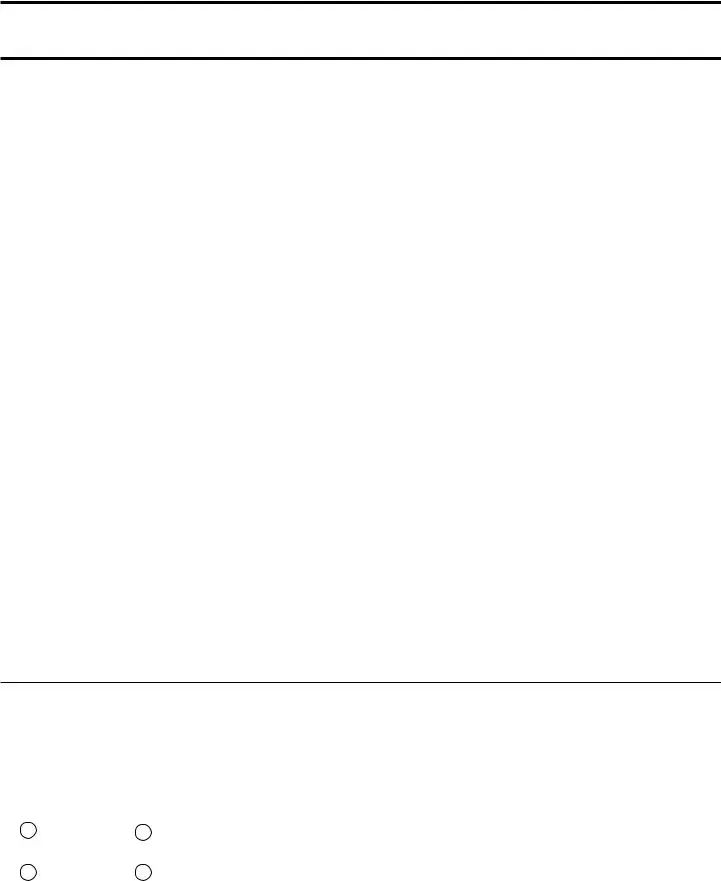The IRS Form 940 is a similar document to the IRS 941, focusing on unemployment taxes. While Form 941 is used to report income taxes, Social Security, and Medicare taxes withheld from employees’ wages, Form 940 specifically addresses the Federal Unemployment Tax Act (FUTA). Employers file this form annually to report and pay unemployment taxes for their employees. Both forms require detailed information about employee wages, but Form 940 is concerned with the employer's tax obligations rather than withholding taxes from employee paychecks.
Form W-2 is another document that shares similarities with Form 941, as both are related to employee wages and tax reporting. The W-2 form is used by employers to report an employee's annual wages and the taxes withheld from their pay. While Form 941 is filed quarterly to report the amounts withheld during that period, Form W-2 is issued annually to employees, summarizing their total earnings and tax withholdings for the year. Both forms are crucial for ensuring that employees accurately report their income when filing their personal tax returns.
Form W-3 complements Form W-2 and serves as a summary of all W-2 forms submitted by an employer. This document is filed with the Social Security Administration and provides a total of all wages, tips, and other compensation paid to employees, as well as the total taxes withheld. Similar to Form 941, which aggregates quarterly tax liabilities, Form W-3 consolidates annual data, making it easier for the IRS to track and verify tax information reported by employers.
Form 1099-MISC is another document that aligns with Form 941 in the context of reporting income. While Form 941 is specifically for employees, Form 1099-MISC is used to report payments made to independent contractors or freelancers. Businesses must file this form when they pay $600 or more to a non-employee for services. Both forms require accurate reporting of payments made, but they serve different purposes based on the employment classification of the individual receiving the payment.
Form 944 is designed for smaller employers and functions similarly to Form 941. Employers who expect to owe less than $1,000 in payroll taxes for the year can file Form 944 annually instead of quarterly. This form simplifies the reporting process for small businesses by allowing them to submit their payroll tax information just once a year, while Form 941 requires quarterly submissions. Both forms serve to report income taxes withheld, Social Security, and Medicare taxes, but they cater to different employer sizes and tax obligations.
Form 945 is another related document, which is used to report federal income tax withheld from non-payroll payments. While Form 941 covers taxes withheld from employee wages, Form 945 is for reporting taxes withheld from other types of payments, such as pensions, annuities, and certain gambling winnings. Both forms are essential for ensuring compliance with federal tax regulations, but they apply to different types of payments and withholding scenarios.
Form 8862, while not a direct payroll tax form, is relevant for individuals claiming the Earned Income Tax Credit (EITC) after having been disqualified in previous years. This form is filed by individuals who wish to claim the EITC again and must provide information about their income and tax situation. Although Form 941 is primarily for employer reporting, both forms ultimately contribute to the broader tax compliance landscape, affecting how individuals and businesses navigate their tax responsibilities.
Understanding the various forms required by the IRS is crucial for compliance. Among them, the Georgia Bill of Sale form plays a significant role in documenting important transactions and can be accessed at onlinelawdocs.com. This form not only serves as proof of ownership transfer, but it also aids in ensuring that all parties involved are protected during the sale process.
Form 1040 is the individual income tax return form that all taxpayers must file annually. While it serves a different purpose from Form 941, both forms are interconnected in the sense that the information reported on Form 941 impacts the employee’s income reported on Form 1040. Employees rely on the accuracy of the information on their W-2s, which are generated based on the data reported in Form 941. Both forms are critical for ensuring that individuals fulfill their tax obligations and receive any applicable credits or refunds.
Finally, Form 1095-C is relevant for employers offering health insurance coverage to their employees. This form is used to report information about health insurance coverage offered to full-time employees under the Affordable Care Act. While Form 941 focuses on payroll taxes, both forms are essential for compliance with federal regulations. Employers must accurately report employee information on both forms to ensure that they meet their obligations under tax and healthcare laws.
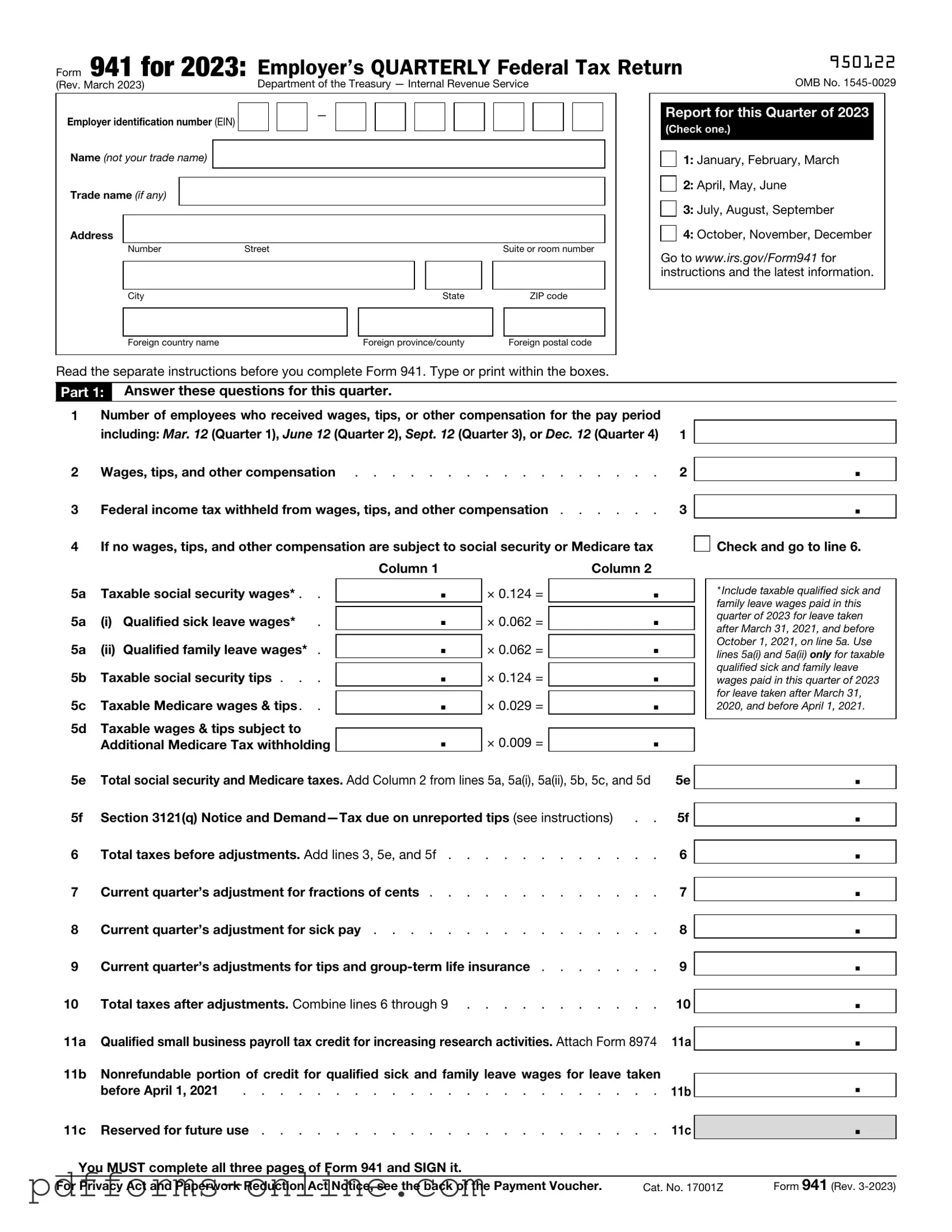
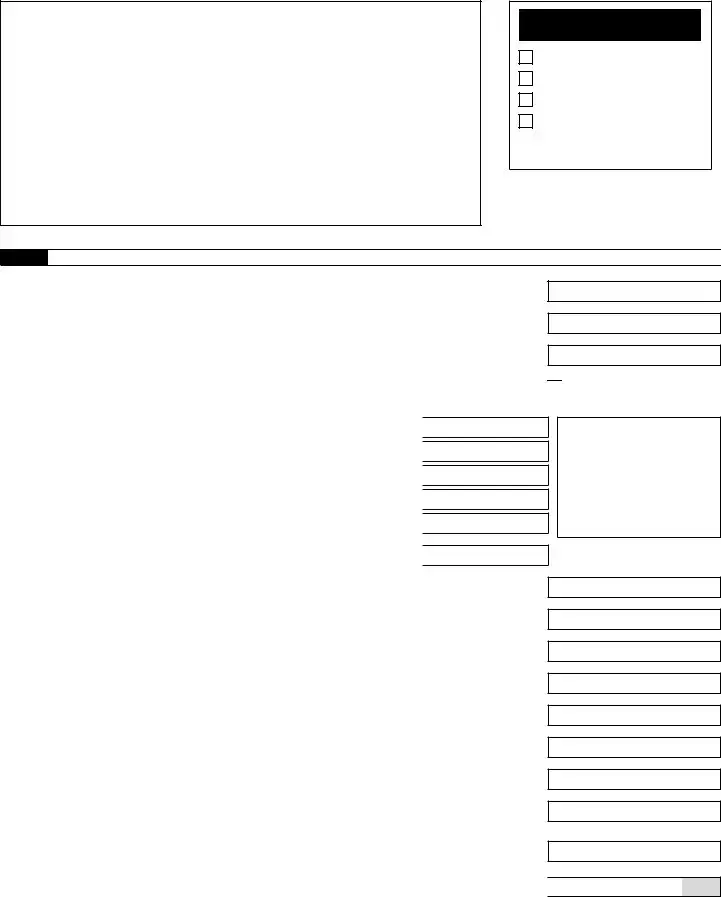

 Check and go to line 6.
Check and go to line 6.
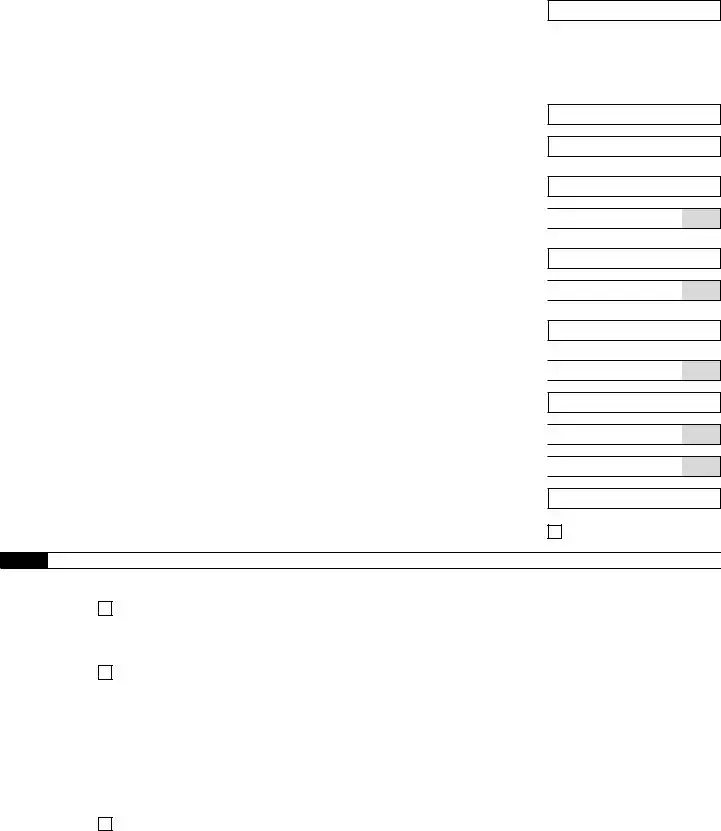
 .
. .
. .
. .
. .
.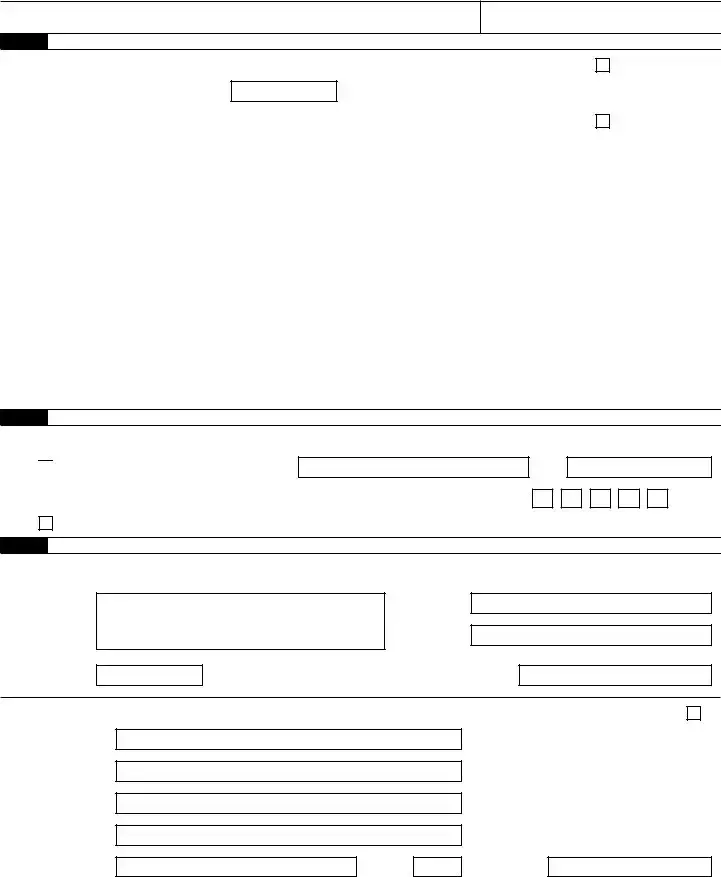

 Yes. Designee’s name and phone number
Yes. Designee’s name and phone number